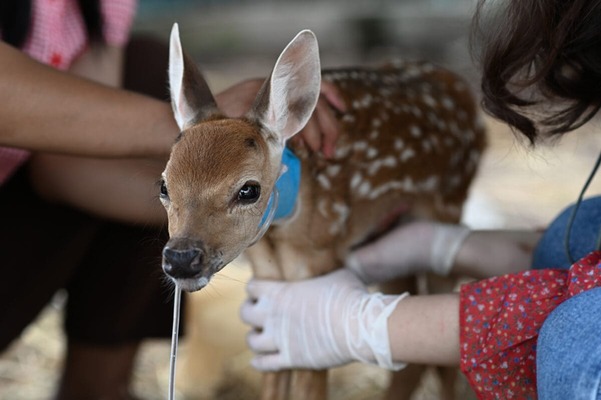
Wildlife rehabilitation is a compassionate and critical endeavor aimed at caring for and ultimately returning injured, sick, or orphaned wild animals back to their natural habitats. This process not only benefits the individual animals but also contributes to the preservation of ecosystems and biodiversity. Engaging in wildlife rehabilitation requires a deep understanding of animal behavior, veterinary care, and ecological principles. In this article, we will explore the importance of wildlife rehabilitation, the process involved, challenges faced by rehabilitators, and how individuals can contribute to this noble cause.
The Importance of Wildlife Rehabilitation
Wildlife rehabilitation plays a vital role in conservation efforts and in the maintenance of healthy ecosystems. By aiding injured or orphaned animals, rehabilitators help to ensure that population numbers of various species remain stable. This is particularly crucial for endangered or threatened species, where the loss of a single individual can have significant implications for the overall population's survival. Additionally, rehabilitation efforts can help in the monitoring of diseases that could affect wildlife populations and even human health.
The Wildlife Rehabilitation Process
The process of wildlife rehabilitation is multifaceted, involving several steps from the initial rescue to the eventual release back into the wild:
- Rescue and Intake: The first step involves safely rescuing and transporting the animal to a rehabilitation facility. Upon arrival, the animal undergoes a thorough examination to assess its condition and determine the necessary treatment plan.
- Treatment and Care: Based on the initial assessment, rehabilitators, often working alongside veterinarians, provide the necessary medical treatment, which may include administering medications, surgery, and providing proper nutrition to support recovery.
- Recovery: After receiving treatment, the animal is given time to recover in an environment that closely mimics its natural habitat. This period is crucial for the animal to regain its strength, health, and, when applicable, social behaviors necessary for survival in the wild.
- Release: The ultimate goal of wildlife rehabilitation is to release the animal back into its natural habitat. This step is carefully planned to ensure that the animal is released in a suitable location and is fully prepared to fend for itself.
Challenges in Wildlife Rehabilitation
Wildlife rehabilitators face numerous challenges, including limited resources, the need for specialized knowledge, and the emotional toll of dealing with injured or sick animals. Financial constraints are a significant hurdle, as many rehabilitation centers operate on donations and grants. Acquiring the necessary permits and adhering to legal regulations also adds to the complexity of wildlife rehabilitation efforts.
How to Contribute
Individuals can contribute to wildlife rehabilitation in several ways:
- Support Local Rehabilitation Centers: Donating funds, supplies, or volunteering time can significantly aid rehabilitation centers in their efforts. See a list of organizations following this article.
- Educate Yourself and Others: Learning about local wildlife, the challenges they face, and how human activities impact their survival can help in fostering a more wildlife-friendly community.
- Create Wildlife-Friendly Spaces: Simple actions, such as maintaining bird feeders, planting native vegetation, and providing water sources, can create safer environments for wildlife in your own backyard.
Wildlife rehabilitation is a testament to human compassion and our responsibility towards the creatures with whom we share this planet. It underscores the interconnectedness of all living beings and the importance of each species to the health and stability of ecosystems. By supporting wildlife rehabilitation efforts, we not only aid in the recovery of individual animals but also contribute to the broader goals of conservation and environmental stewardship.
For those inspired to learn more about wildlife rehabilitation or how to become involved in conservation efforts, resources and information are available on the Outdoor Adventures Connection website at www.outdooradventures.pro. Whether you're looking to donate, volunteer, or simply expand your knowledge, the Outdoor Adventures Connection platform offers comprehensive resources to connect you with the beauty and importance of the natural world. Together, we can make a difference in the lives of injured wildlife and work towards a more sustainable and compassionate future.
Notable Wildlife Rehabilitation Organizations
- The Wildlife Rehabilitation Center of Minnesota (WRCMN)
- Website: www.wrcmn.org
- The WRCMN is one of the nation's busiest wildlife hospitals, caring for a vast array of injured, sick, and orphaned wild animals. They offer educational programs and outreach, in addition to their rehabilitation services.
- The National Wildlife Rehabilitators Association (NWRA)
- Website: www.nwrawildlife.org
- NWRA is an international non-profit organization dedicated to improving and promoting the profession of wildlife rehabilitation and its contributions to preserving natural ecosystems. They provide resources, research, and a network for wildlife rehabilitators.
- Wildlife Rescue & Rehabilitation (WRR)
- Website: www.wildlife-rescue.org
- Based in Texas, WRR is committed to the rescue, rehabilitation, and release of wildlife in distress. They also advocate for the rights of wildlife and provide sanctuary to non-releasable animals.
- International Wildlife Rehabilitation Council (IWRC)
- Website: www.theiwrc.org
- IWRC offers training, resources, and support to wildlife rehabilitators worldwide. Their focus is on science-based rehabilitation practices and wildlife conservation.
- British Wildlife Rehabilitation Council (BWRC)
- Website: www.bwrc.org.uk
- The BWRC aims to promote the welfare of wildlife in the UK through the support and development of professional wildlife rehabilitation. They offer guidance, training, and support to those involved in the care of wildlife.
Each of these organizations plays a crucial role in the conservation and rehabilitation of wildlife. They offer various ways for the public to get involved, from direct support through donations and volunteering to educational programs that raise awareness about wildlife conservation.

-(2).png)

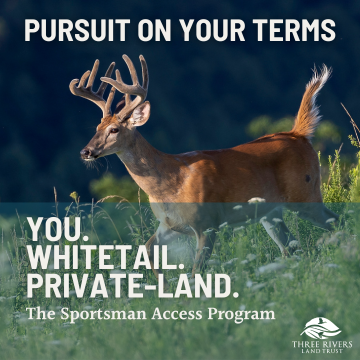
.png)


.png)
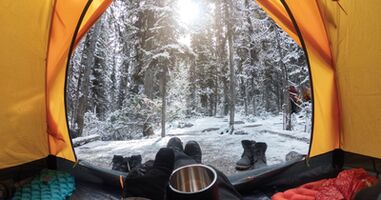
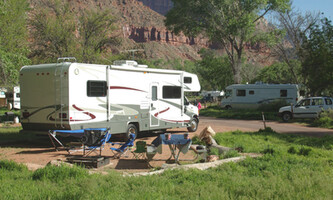

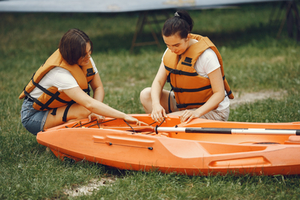
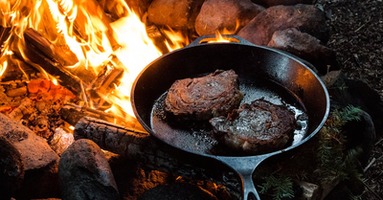
-(1140-×-106-px).png)
.jpg)
Leave Comment Below